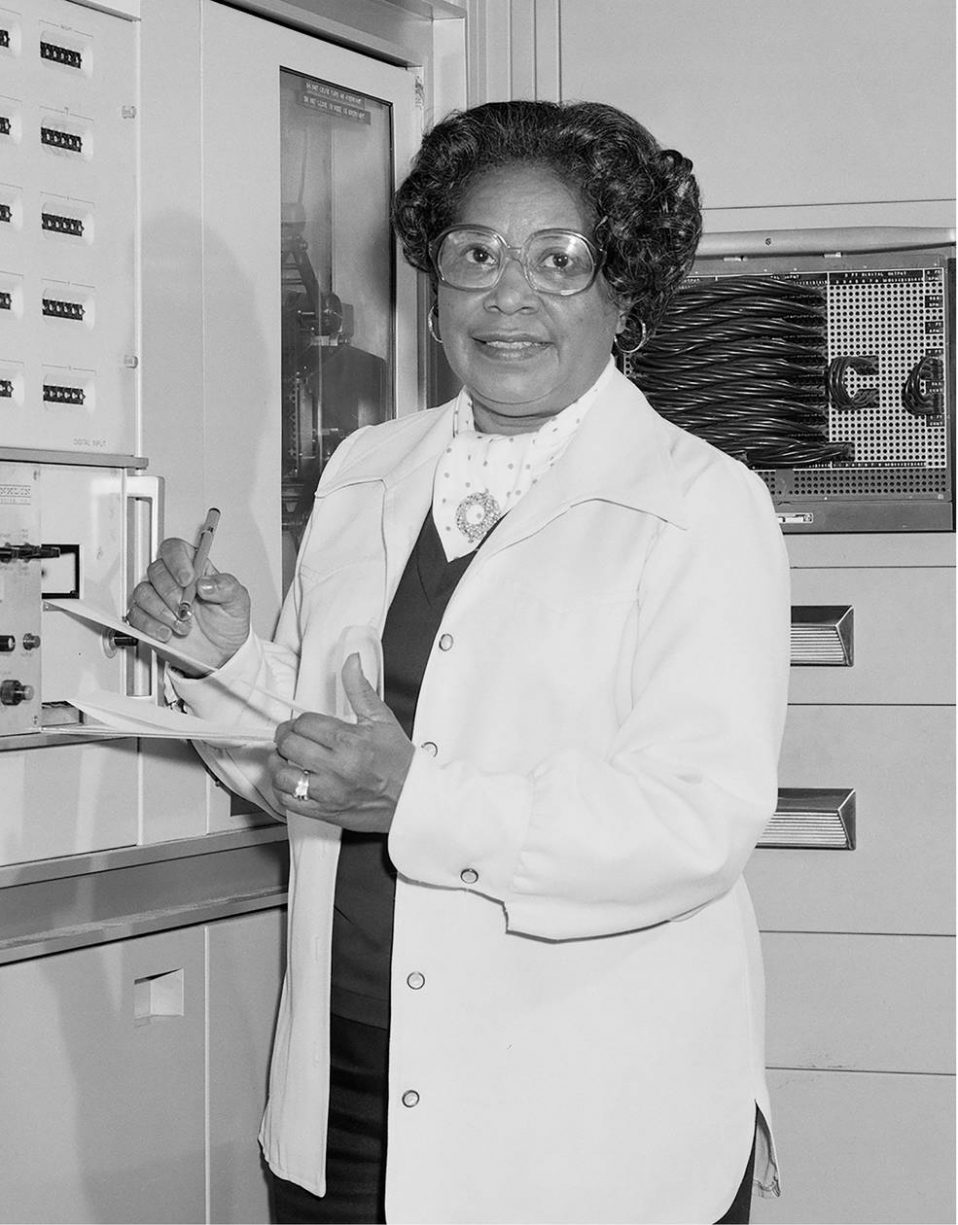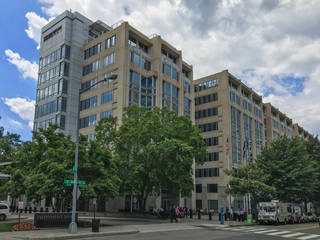
Mary W. Jackson NASA Headquarters. That’s the new name of the NASA headquarters building in Washington, D.C. on “Hidden Figures Way,” announced NASA Administrator Jim Bridenstine on Wednesday.
“Mary W. Jackson was part of a group of very important women who helped NASA succeed in getting American astronauts into space. Mary never accepted the status quo, she helped break barriers and open opportunities for African Americans and women in the field of engineering and technology,” Bridenstine said.
Mary W. Jackson was the first African American female engineer at NASA and worked in the segregated West Area Computing Unit of the agency’s Langley Research Center in Hampton, Virginia.
In 2016, author Margot Lee Shetterly wrote about the work the West Area Computing Unit achieved in her book “Hidden Figures: The American Dream and the Untold Story of the Black Women Mathematicians Who Helped Win the Space Race.” The book was made into a popular movie that same year and Jackson’s character was played by award-winning actress Janelle Monáe.
“We are honored that NASA continues to celebrate the legacy of our mother and grandmother Mary W. Jackson,” said, Carolyn Lewis, Mary’s daughter. “She was a scientist, humanitarian, wife, mother, and trailblazer who paved the way for thousands of others to succeed, not only at NASA, but throughout this nation.”
Jackson graduated from Hampton Institute in 1942 with a dual degree in math and physical sciences, and initially accepted a job as a math teacher in Calvert County, Maryland. She also worked as a U.S. Army secretary and bookkeeper. In 1951, Jackson was recruited by the National Advisory Committee for Aeronautics, which in 1958 was succeeded by NASA. She started as a research mathematician who became known as one of the human computers at Langley.
After two years in the computing pool, and a stint in the Supersonic Pressure Tunnel, a 60,000 horsepower wind tunnel capable of blasting models with winds approaching twice the speed of sound, her supervisor recommended she enter a training program that would allow Jackson to earn a promotion from mathematician to engineer. She needed special permission to join the classroom in then-segregated Hampton High School.
Jackson completed the courses, earned the promotion, and in 1958 became NASA’s first Black female engineer.
During her two decade engineering career, she authored or co-authored research numerous reports, most focused on the behavior of the boundary layer of air around airplanes.
In 1979, she joined Langley’s Federal Women’s Program, where she worked hard to address the hiring and promotion of the next generation of female mathematicians, engineers and scientists. Jackson retired from Langley in 1985.

[/caption]“NASA facilities across the country are named after people who dedicated their lives to push the frontiers of the aerospace industry. The nation is beginning to awaken to the greater need to honor the full diversity of people who helped pioneer our great nation. Over the years NASA has worked to honor the work of these Hidden Figures in various ways, including naming facilities, renaming streets and celebrating their legacy,” Bridenstine said. “We know there are many other people of color and diverse backgrounds who have contributed to our success, which is why we’re continuing the conversations started about a year ago with the agency’s Unity Campaign. NASA is dedicated to advancing diversity, and we will continue to take steps to do so.”
Learn more about Mary W. Jackson, the “Hidden Figures,” and today’s Modern Figures.








